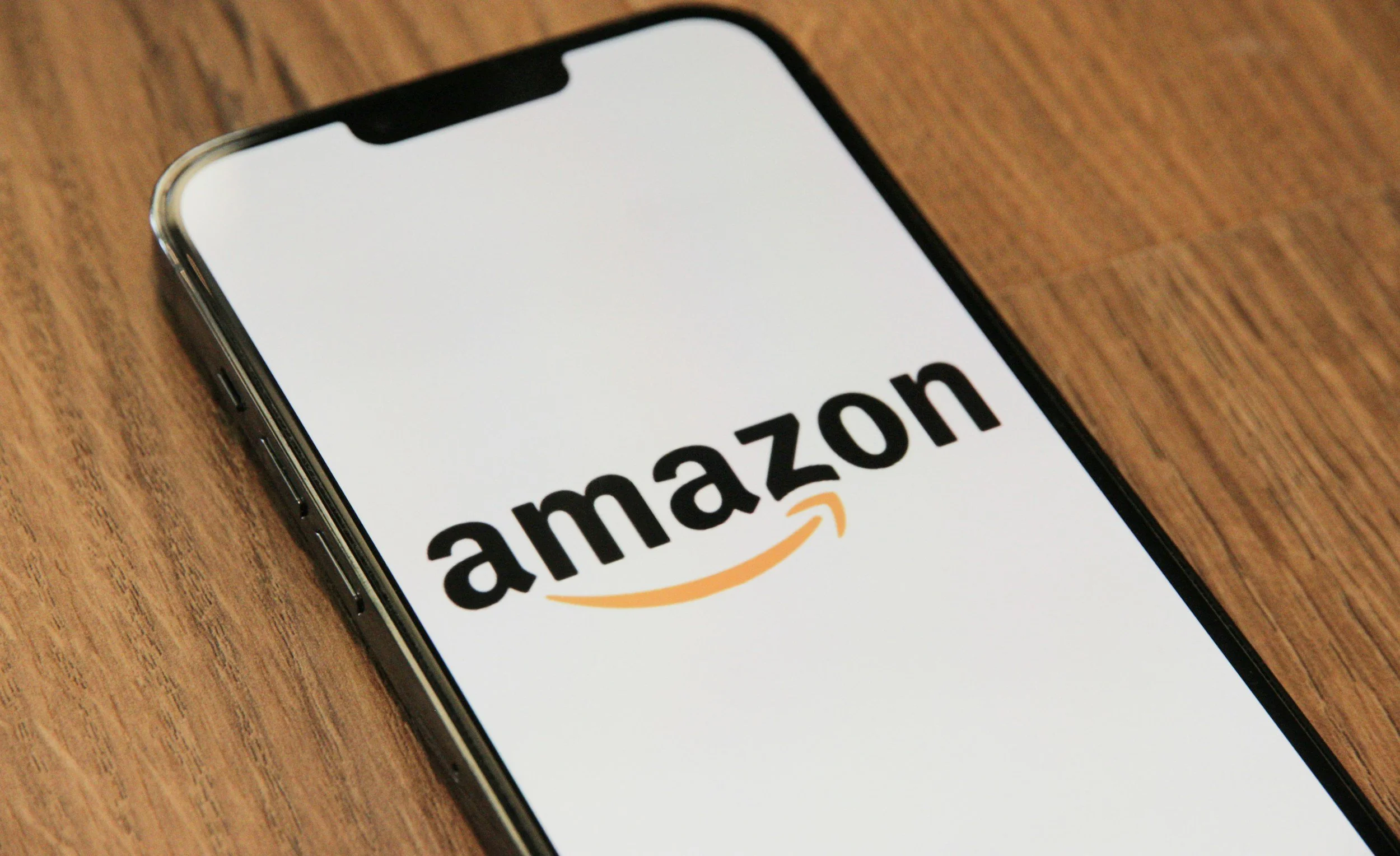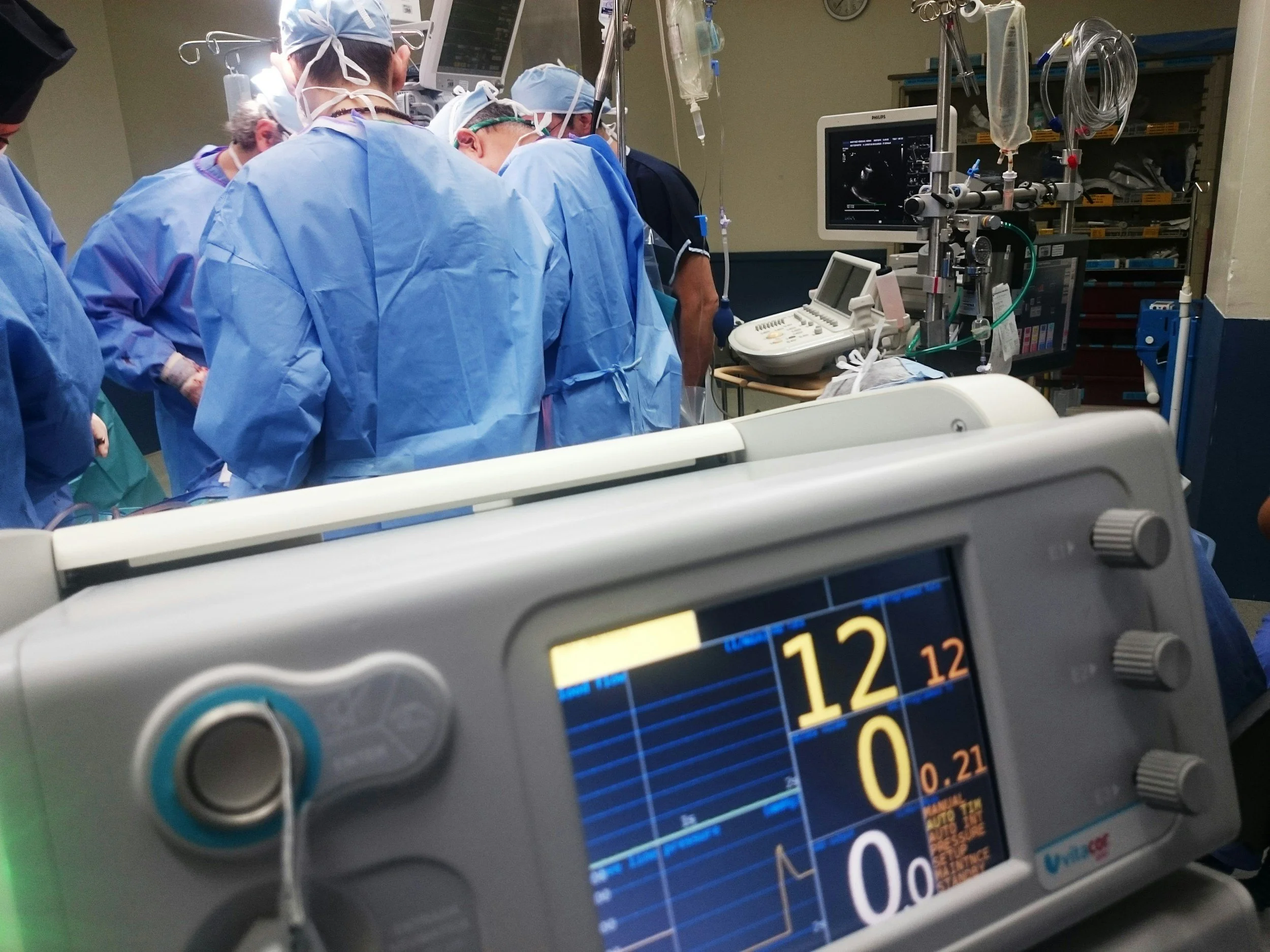What to Do When Your Amazon Listing Is Delisted for Patent Infringement
Having a product delisted from Amazon for patent infringement doesn’t always mean you’ve done something wrong — but it does mean you need to act fast and strategically. The key is to identify the patent, assess whether your product truly overlaps with its claims, and present Amazon with a clear, professional non-infringement position or settlement. In many cases, listings can be reinstated when sellers show they acted in good faith and understand the patent boundaries. The lesson? Build an IP strategy early — it’s cheaper to prevent a takedown than to recover from one.
Rethinking Royalties in the Age of Streaming
When a song is streamed, no tangible copy is ever made — just fleeting data that disappears once the app closes. Yet the U.S. music industry still treats every Spotify stream as half “mechanical reproduction” and half “public performance,” a fiction with no grounding in statute. If the law caught up with technology, streaming would be viewed almost entirely as performance — a change that would actually favor songwriters. Sometimes, what lags behind innovation isn’t code or policy, but our willingness to rethink old definitions.
Beyond the Specification: Why PHOSITA Should Be Defined by the Claims
The Patent Trial and Appeal Board recently took the latter route, reasoning that the specification’s field of invention should determine the PHOSITA’s expertise. But that approach risks letting inventors describe their field narrowly to avoid obviousness, even while claiming broadly to capture distant technologies. If obviousness tests the boundaries of the patent monopoly, then the PHOSITA’s skill should reflect those boundaries — not the inventor’s storytelling in the specification.
When Does an Idea Become an Invention?
The Ariad decision reshaped biotech patenting by drawing a line between invention and aspiration. It isn’t enough to describe what might work — a patent must persuade a skilled scientist that the invention does work as claimed. In fast-moving fields like biopharma, that distinction defines when an idea becomes protectable innovation.




